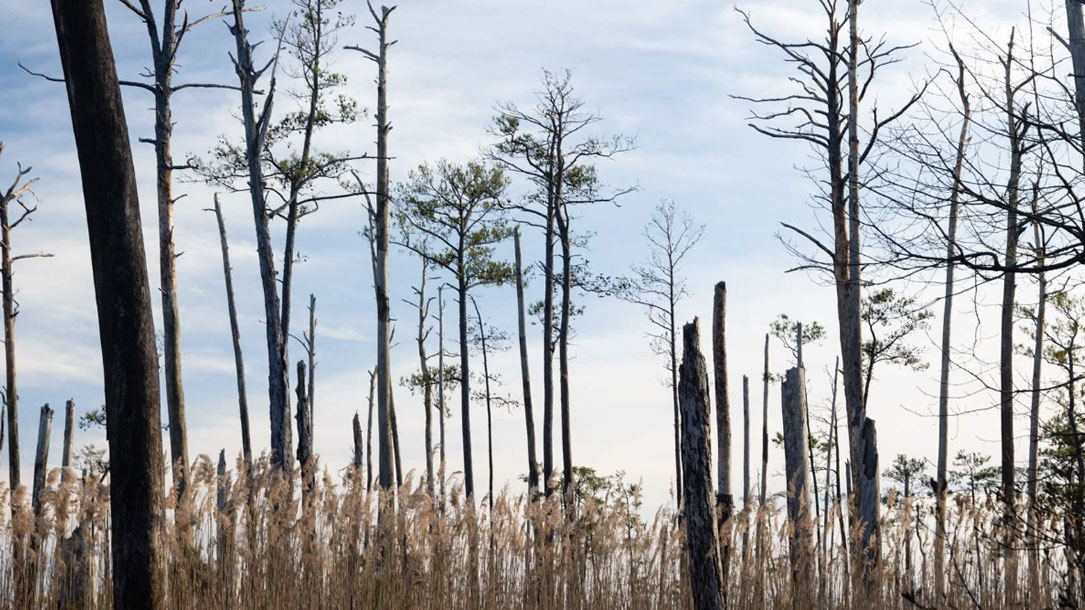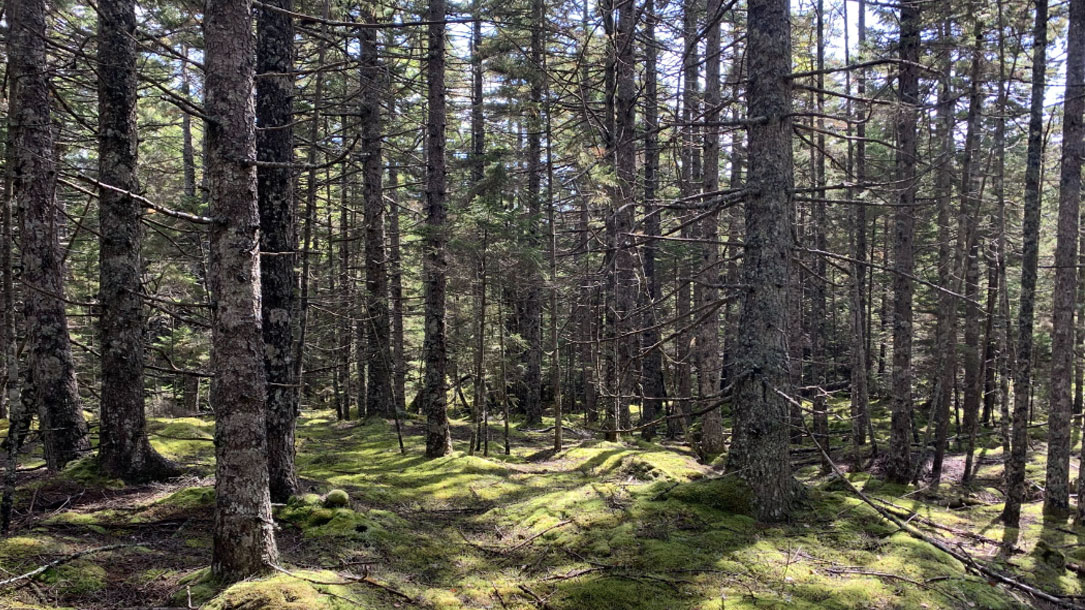Home > Climate News >

Explore climate change in the American mind
Are you curious about how the American public has been feeling about climate change over time? Perhaps you’re wondering how you might engage people around the topic of climate change?
These graphs provide some clarity on how peoples’ education levels, age, and political affiliations shape their opinions around climate change.

Innovative AgriSolar design, a round-table discussion
Do you want to see solar that works with cows, horses, vineyards, orchards, vegetables, and other forms of agriculture? How about solar that doesn’t require perimeter fencing and is spaced apart to allow for equipment to grow crops or grow grass and hay crops?
Some of these solar designs might also work well for wildlife.
This webinar provides insights into what is already happening here in the U.S. and abroad. The solar developers show you what they are doing and how it can go to “scale.”
AgriSolar Clearinghouse hosts a webinar series with this round-table discussion featuring innovative solar designers Helical Solar, Sun Agri, Hyperion, Sandbox Solar, Solargik, RUTE Agrivoltaics, Soliculture, Stracker Solar, Taka Solar, and Sunstall.

New tools and strategies for educators: grades 6-12
[Yale Climate Communications has] developed materials for teachers who are interested in using [the] resources in their classrooms, such as the Yale Climate Opinion Maps and Yale Climate Connections. These materials were developed based on recommendations from educators across the United States. They aim to immerse students in climate change issues in an accessible, digestible, and interactive way…

Migratory birds can partially offset climate change
“Understanding how animals can compensate is an important part of understanding where the impacts of climate change will play out,” said Marra. “In this case, we may not lose a species entirely, but it is possible that populations of some species may go extinct locally due to climate change…
“The good news is that birds are able to respond to changes in their environment,” Dossman said. “They have some flexibility and variation in their behaviors to begin with, but the question is, have they reached the limit of their ability to respond to climate change?”…

To best fight climate change, ‘Blue Carbon’ habitats must first survive it
Increasingly, U.S. coastal landscapes are home to “ghost forests”—the remnants of healthy forests ravaged by rapid saltwater intrusion and increased flooding caused by climate change-related events, such as sea-level rise, hurricanes, and drought.
Sometimes, salt-tolerant marsh grasses replace coastal freshwater forests, but because of the release of stored carbon as trees decompose, this transition may result in a temporary net loss of stored carbon and increase the release of other greenhouse gases such as methane [a very powerful climate change accelerator].
Initial research suggested that tree stems in ghost forests may serve as a type of straw, allowing the release of methane into the atmosphere from the degraded trees, said Melinda Martinez, a Mendenhall post-doctorate/research ecologist with the U.S. Geological Survey within the Wetland and Aquatic Research Center in Lafayette, Louisiana…

Engage public, explore methods to secure NYS green energy
Solar-power developers need to explore using lower-quality agricultural land for solar energy, boost incentives for dual-use (combined agriculture and solar) options, avoid concentrated solar development and engage communities early to achieve New York’s green energy goals, according to forthcoming Cornell research.
“As farmland is generally flat and cleared, agricultural land will be the prime target for future solar energy development,” said Max Zhang, professor in the Sibley School of Mechanical and Aerospace Engineering, in the College of Engineering, and senior author of “Strategic Land Use Analysis for Solar Energy Development in New York State,” which will publish in August 2021 in Renewable Energy. “Good farmland, however, is not ideal.”

Made in the shade: Growing crops at solar farms yields efficiency
“There is potential for agrivoltaic systems – where agriculture and solar panels coexist – to provide increased passive cooling through taller panel heights [emphasis added], more reflective ground cover and higher evapotranspiration rates compared to traditional solar farms,” said senior author Max Zhang, professor in the Sibley School of Mechanical and Aerospace Engineering [at Cornell], “We can generate renewable electricity and conserve farmland through agrivoltaic systems.”
In New York, for example, about 40% of utility-scale solar farm capacity has been developed on agricultural lands, while about 84% of land deemed suitable for utility-scale solar development is agricultural, according to a previous research study from Zhang’s group…

USDA Forest Service Chief Randy Moore’s statement announcing actions the Forest Service will take to resume its prescribed fire program safely and effectively after completion of its 90-day national review
Washington D.C.,September 8, 2022 — USDA Forest Service Chief Randy Moore released the following statement announcing actions the Forest Service will take to resume its prescribed fire program safely and effectively after completion of its 90-day national review…

Fire weather extremes make prescribed burns riskier, but more essential than ever
“Although prescribed fire is one of the most effective ways to reduce wildfire risk, this was a necessary decision in light of recent prescribed fire escapes,” U.S. Forest Service Chief Randy Moore wrote in a national directive in September, announcing the agency would resume prescribed burns following the pause. “This also reflects the growing recognition that extreme conditions of overgrown forests, climate change, and more than a century of rigorous fire suppression are influencing fire behavior in ways we had never seen before…”

Exploring carbon sequestration
“[They] are following the model from other land trusts. There is a cost for land trusts to manage forests for increased carbon sequestration. [They] aren’t a commercial forestry operation and need revenue in order to manage forests.
Carbon offsets and the carbon market can provide resources for land trusts to restore large commercial forest landscapes, and support the ongoing cost of stewardship and restoration that a land trust is responsible for.
Whatcom Land Trust would only take on a carbon sequestration project that supports our mission, improves the forest ecosystem, and sequesters more carbon than it would otherwise…”












